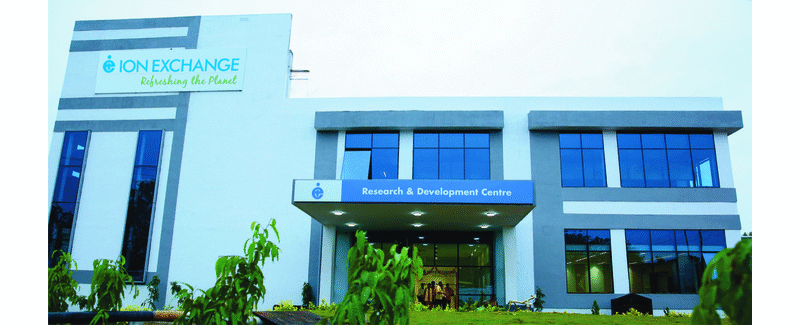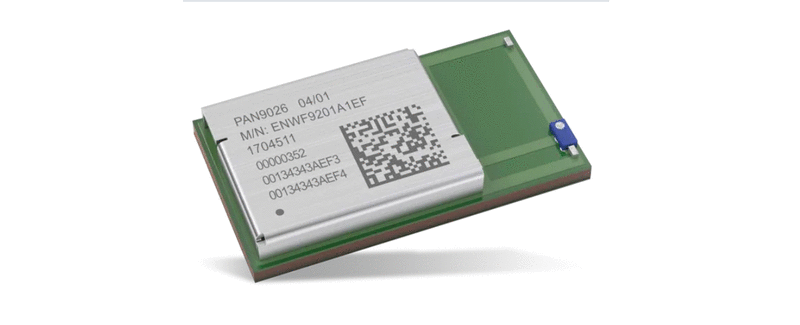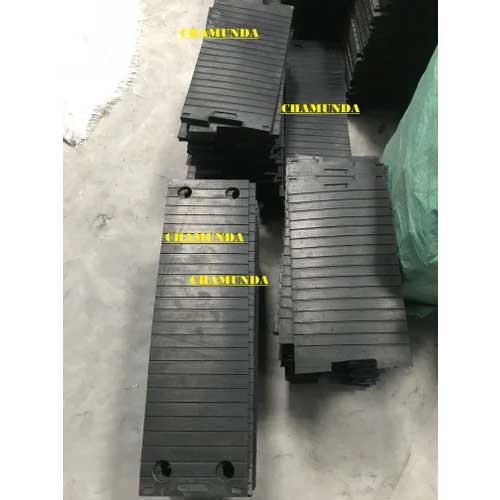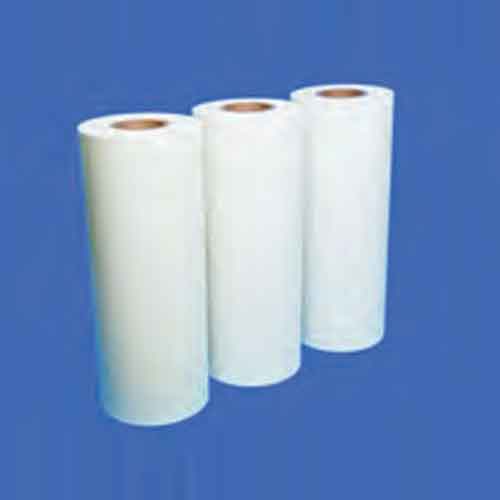Schedule a Call Back
Plastic optical fiber enables cost sensitive high-end networking
 Technical Articles
Technical Articles- Mar 01,19

Related Stories

Advanced sensing technologies modernising healthcare sector
Advancements in medical technology is showing rapid growth
Read more
Designing PFC to reduce running costs
Efficiency of electronic systems is a key design goal to save natural resources as well as reducing operating costs. Power factor correction (PFC) is an area where significant efficiency improvement..
Read more
WSN tech to deliver advanced sensing enabling Industry 4.0
Being relatively less costly, wireless sensor network (WSN) has allowed businesses to deploy hundreds or even thousands of sensing nodes within their facilities, creating IIoT systems, says Mark Pat..
Read moreRelated Products

Rubber Sheets Material
Talbros Sealing Material Pvt Ltd offers a wide range of rubber sheets materi Read more

Rail Rubber Pad
Chamunda Enterprise offers a wide range of rail rubber pad.

Insulation Polyester Film
TMA International Private Limited offers a wide range of insulation polyester film.














